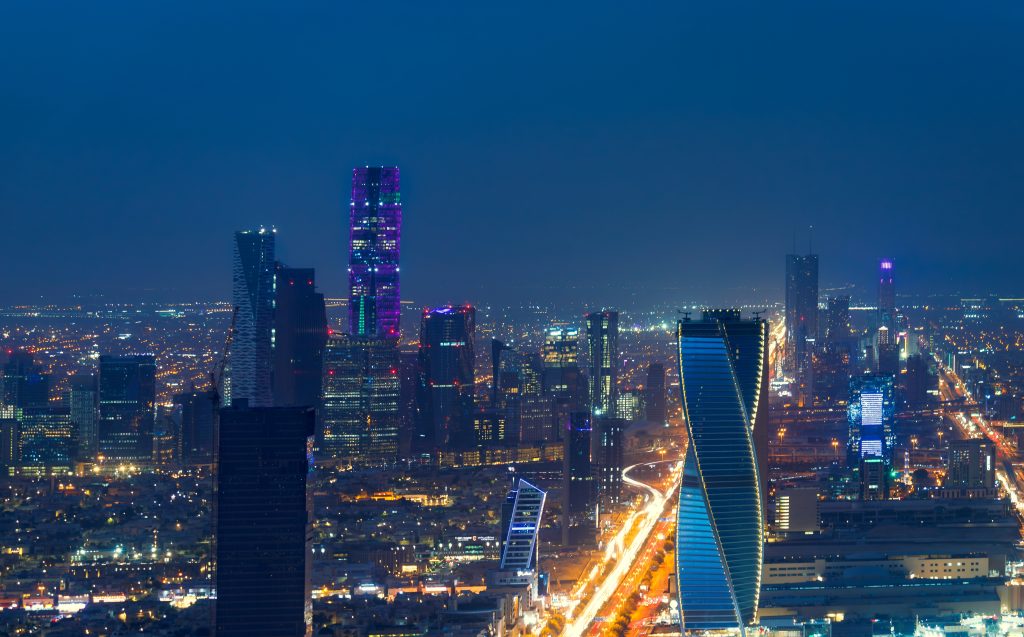In a bold economic transformation, Saudi Arabia is poised to allocate $1 trillion to enhance six key sectors by the end of this decade. The kingdom’s focus is shifting towards a diversified portfolio, with the oil industry set to receive a notably reduced slice of the investment pie.
According to a prominent financial institution’s analysis, approximately 73% of the investment will be channeled into non-oil sectors. This marks an increase from an initial estimate of 66%, as detailed in a report by Faisal AlAzmeh, an expert in equity research for the CEEMEA region. Clean energy initiatives are particularly noteworthy, with an expected $235 billion being directed towards them, a significant leap from the previously anticipated $148 billion. This surge in funding is largely attributed to a robust commitment to renewable energy, as Saudi Arabia aims to substantially raise its capacity target for 2030.
Other areas set to benefit from this strategic redirection include the metals and minerals sector, transportation and logistics, and the digital economy, all of which play crucial roles in Saudi Arabia’s overarching goal of reducing its economic reliance on oil.
Charting a Sustainable Course
Directions from the Saudi energy ministry indicate that capital expenditures in the oil domain are expected to decrease by $40 billion between 2024 and 2028. Nonetheless, natural gas is still considered vital for the nation’s ambitions to decarbonize and diversify its economy. Investment forecasts for the ‘upstream’ oil and gas sector have been scaled back to a range of $190-220 billion, down from the earlier $230-260 billion projection.
Meanwhile, renewable energy ventures have seen accelerated progress. As of mid-2024, approximately 11GW of solar photovoltaic capacity is in the development phase, with an additional 16.7GW of solar and wind projects in the planning stages. The Saudi government has also revised its solar energy targets for 2030, increasing the goal from 58.7GW to an impressive range of 100-130GW.
In its quest for diversification, the kingdom is also bolstering sectors such as mining, with over 30 exploration licenses expected to be awarded within the year, alongside a $182 million mineral exploration incentive program. The transportation and logistics domain is another focal point, with an estimated $200 billion targeted for investments in aviation, electric vehicles, and associated sub-sectors, aiming to position Saudi Arabia as a preeminent logistics hub and global travel destination.
Financing the Future
Despite a modest uptick in fiscal pressure due to stable oil prices and reduced production, Saudi Arabia’s budget deficit is projected to widen to 4.3% of GDP, a significant increase from last year’s 2%. This deficit expansion is attributed to heightened spending and diminished oil revenues. The extent to which this financial strain will impact the pace of investment remains unclear, but the commitment to the Capex Super-Cycle is presumed to continue unabated.
The challenge of securing funding for these ambitious projects persists. Saudi Arabia has traditionally turned to bank loans for growth capital. However, with loan growth outstripping deposits as per recent banking data, the nation faces an estimated annual funding shortfall of $25 billion for its capex initiatives. To address this, Saudi Arabia is exploring alternative financing avenues, including the development of its equity capital markets and active bond issuance by the government’s Public Investment Fund, which has already issued $7.8 billion worth of bonds in 2024 alone.
Note: The information in this article is presented for educational purposes and does not represent financial or investment advice from any Goldman Sachs entity. No representation or warranty is provided regarding the accuracy or completeness of this content, and all liability for any loss or damage arising from its use is expressly disclaimed.
